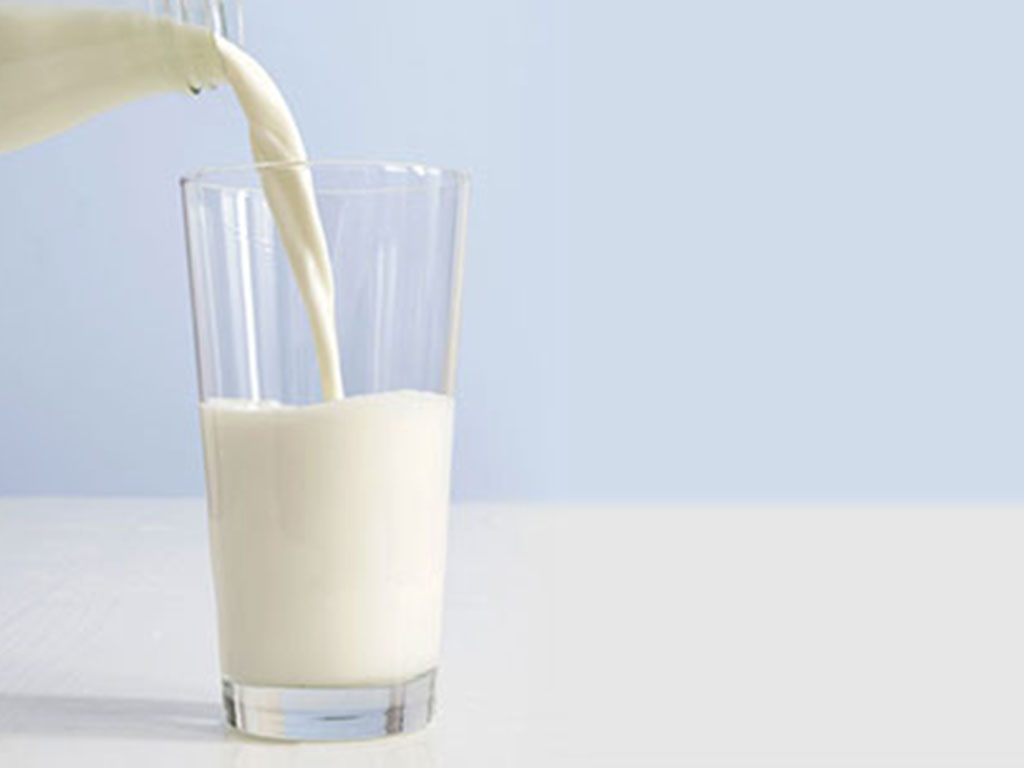
The availability of milk and dairy products is based on a lot more than trucks being able to deliver them to stores. Like all other valuable commodities, supply and demand play a big role in determining prices as well as the rate of production, and milk is particularly-vulnerable to fluctuations in the market. Unfortunately, a lot of these vulnerabilities have nothing to do with cows. Instead, politics, weather and trade all influence the prices we pay.
Following the 2016 election, a mass-exodus of migrant farm workers left dairy producers up the creek without a paddle, and an enormous amount of milk simply went to waste. Prices went up, supplies dwindled, and we came within inches of facing a national crisis. Beef prices on the other hand went down as the market was flooded with an abundance of supply from milk-producing cows that were slaughtered so farmers could recover their loses.
With government intervention, migrant workers were granted special visas, a government subsidy was offered to milk producers, and everything went back to normal within a few months. However, the shortage quickly turned into an over-supply of milk that caused prices to fall and farmers to risk going broke. To offset this problem, we started to export enormous amounts of dairy products to Russia and China, and while this stabilized prices, it also created another supply problem for us here at home.
Prices went up, people started drinking less milk, and other dairy products such as cheese, cream and yogurt were also impacted. Prices at restaurants and a host of grocery items that have milk-based ingredients also increased. While these increases were nominal and temporary, it’s what happens behind the scenes that should have us all worried.
When prices go down, farmers lose money, and they look for other ways to generate income from their livestock. When prices go up and demand starts to increase, farmers purchase more cows. Unfortunately, it takes months for inventories to balance themselves out, and it can be difficult to guesstimate what market conditions will look like in the future. Consequently, things that happened months or even years ago can influence availability and prices we pay today.
We’ve been pretty lucky so far that supplies have been steady when compared to other parts of the world, even if prices are high from time to time. In Europe, a supply shortage last year drove the price of milk and butter up to more than three times the average, making it prohibitively-expensive for consumers. Who wants to pay $9 for a gallon of milk or $12 for a pound of butter? Consequently, people needed to alter their diets, spend more of their disposable income on food products containing dairy, and governments were on the verge of initiating rationing.
Keep in mind that these shortages were the result of market conditions, not external factors such as weather, labor issues or disease. If any of these things were to emerge as a source of supply problems, we would most-definitely face a dairy crisis that we haven’t seen since WWII. All it takes is one outbreak of a contagious disease such as mad cow or a drought that impacts crop production that provides animal feed to turn off the national milk tap.
While it may take a few months after the fact before we feel the pinch, it also takes much longer to get things back on track. While this isn’t a problem that is in the front of the minds of the population at large, it’s something that can have a big impact on our diet because so much of what we eat involves dairy in one degree or another.
The lesson to learn from this is that we shouldn’t take our milk and dairy supply for granted, because it only takes one hiccup to cause production and deliveries to come to a screeching halt. This is why it’s important to consider incorporating some extra milk into your long-term emergency food supply. While we can all live without milk if we are willing to adapt, it’s just as easy to stock up on a couple month’s worth of canned or powdered milk so it’s there for a rainy day.
Only you can decide how seriously to take this vulnerability, but chances are that you’ll be glad that you were proactive when a dairy crisis erupts, and it can happen a lot sooner than you think.